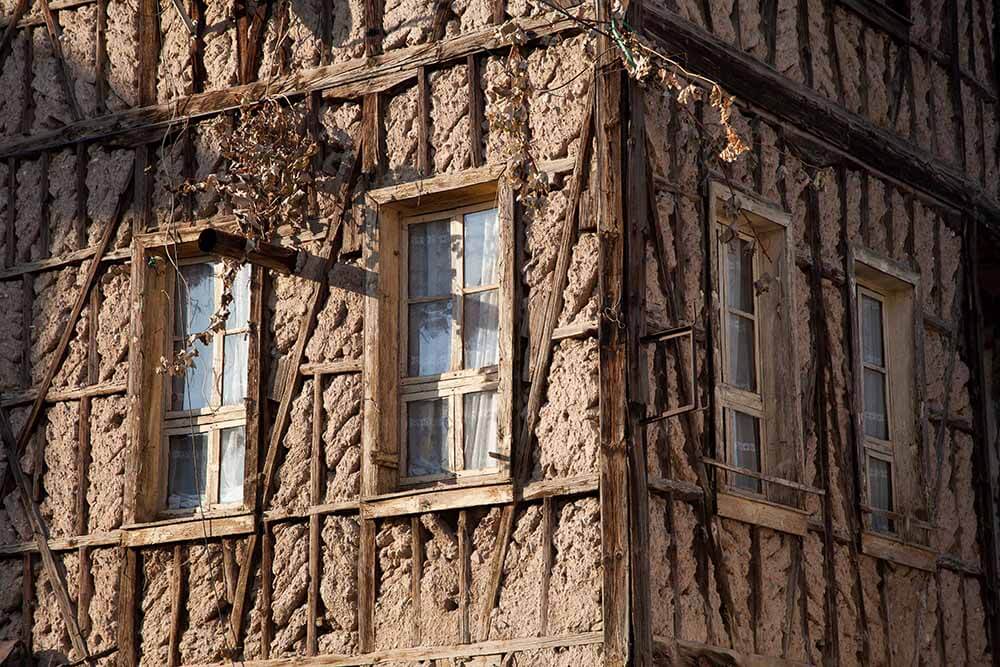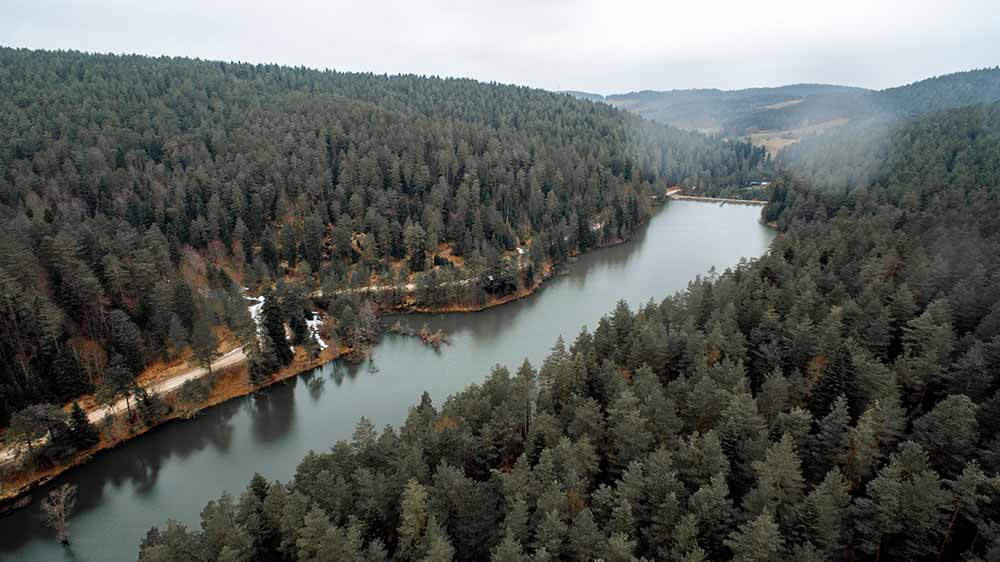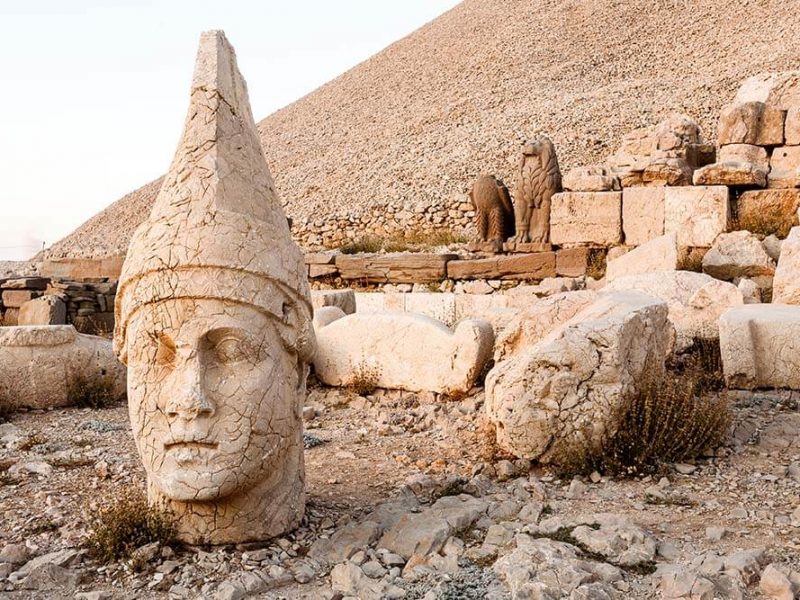Located in the southern part of the Marmara Region, Bilecik is a charming and beautiful Anatolian city. Having witnessed the founding period of the Ottoman Empire, the city was home to a civilization dating back to ancient times. For this reason, Bilecik, which has many important historic buildings, is adjacent to Sakarya in the north, Bursa in the west, Bolu in the east, and Eskişehir and Kütahya in the south. It is located in the center of a rich geography that can be connected to the main arteries of the area.
Climate and Cuisine
Since Bilecik is a transition route, its climate is affected by the Marmara and Black Sea on the one hand, and the Central Anatolian climate on the other hand. Therefore, 12 months of the year, it has a variable temperature level. In the vicinity of the Sakarya River, micro-climate features are noteworthy. For this reason, the city is very rich in flora and has a natural beauty. Spring and autumn are especially ideal for visiting the city.
Bilecik cuisine is composed of rich menus that are blended with flavors. Famous delicacies include keşkek and ovmaç soup. We also encounter different varieties such as chicken mantı, lentil mantı, bükme, hodalak, büzme, and zırz. Natural desserts such as hoşmerim, walnut bükme, kıtırcı halva. and karacaoğlu halva are also brought to the tables.

Hoşmerim
Places to Visit
- Ertuğrul Gazi Museum: The Museum, which is located in Söğüt district where the Ottoman Empire was founded, is actually a new structure, founded in the beginning of the 20th century. Works of the Roman, Byzantine, and Ottoman periods are exhibited.
- Şeyh Edebali Tomb: The tomb, which was attributed to Sheikh Edebali, who was considered by many to be the philosophic architect of the Ottoman Empire, was built during the time of Orhan Gazi. It has a panoramic view on the cliffs.
- Çelebi Sultan Mehmet Mosque: Built in 1420, the mosque is a wonderful building with 12 domes.
- Metristepe Triumph Monument: This monument was erected due to the victory in the İnönü Wars.

Traditional house
- Atatürk Mansion: Noteworthy historic architecture.
- Kaymakam Fountain: A reflection of beautiful 19th century architecture.
- Kınık Waterfall: A spot to enjoy the natural wonders of the area.
- İnönü Martyrdom: Memorial for İnönü Wars martyrs.

Bozcaarmut pond
- Bilecik Museum: Originally constructed as a courthouse on the land where a demolished Ottoman building once stood, this large and impressive structure was restored and opened as a museum in 2006. It exhibits both archaeological and ethnographic items in chronological order.
- Dursun Fakih Tomb: Noteworthy mausoleum of the Ottoman Empire scholar.
- Kömürsu Plateau
- Köprülü Mehmet Paşa Caravanserai
- Merdivenli Kaya (Rock with Ladders)

Bozcaarmut Lake in winter time.
Festivals
The festival that symbolizes the foundation of the Ottoman Empire is very important. The commemoration of Ertuğrul Gazi and the Söğüt Festival are held every year during the second week of September. The Yörük Festival dates back seven centuries. Activities such as henna night and celebrations of the Ottoman period fill the event, along with javelin games and catering.
How to Get There
Bilecik is centrally located and is easily accessible by road and rail. Istanbul – Bilecik is 3-hour distance, Ankara – Bilecik is a 3.5-hour drive. If you plan to travel by air, Bursa Yenişehir Airport is the nearest airport.



